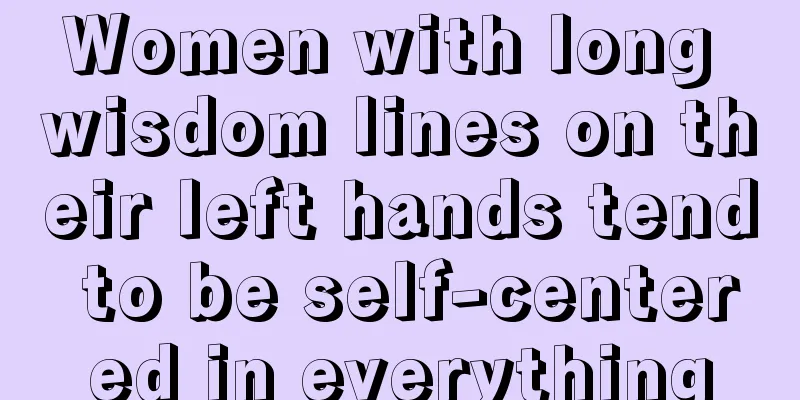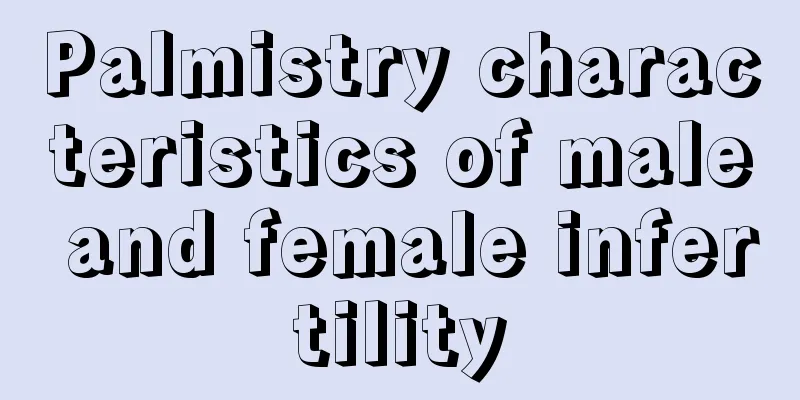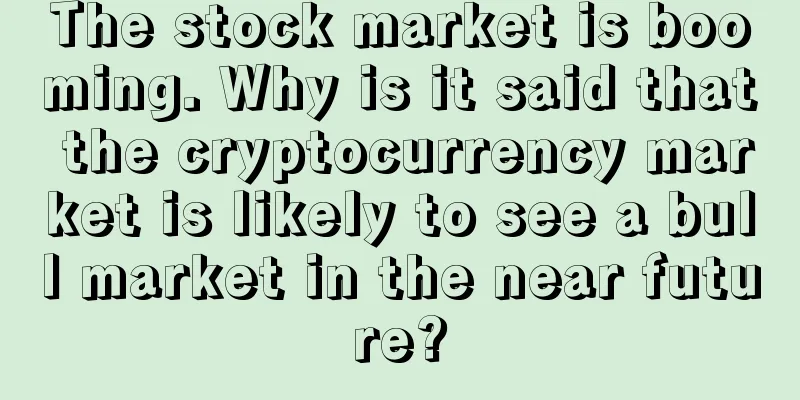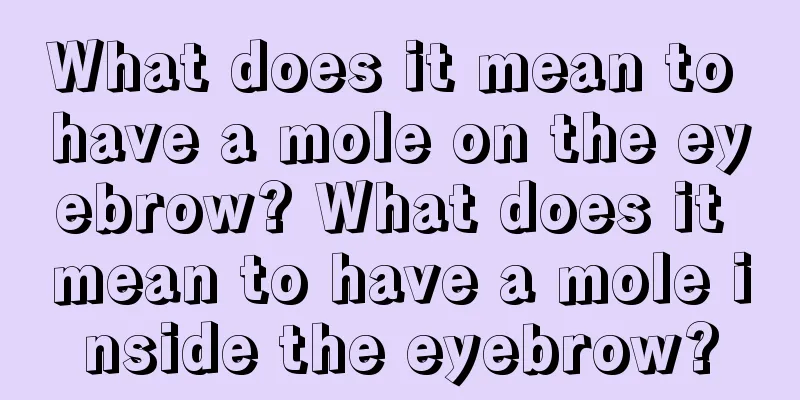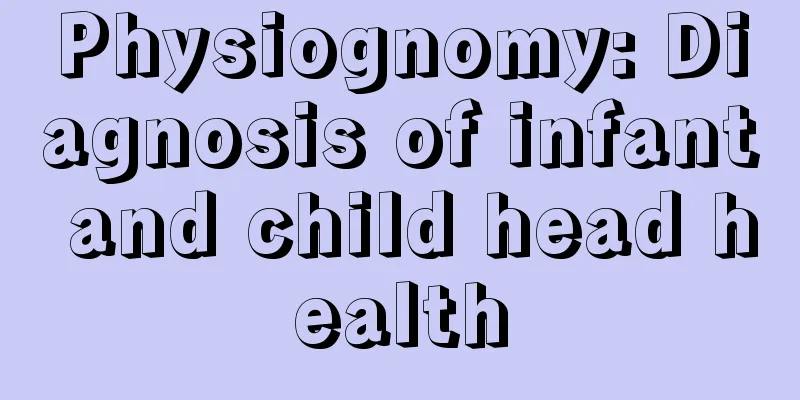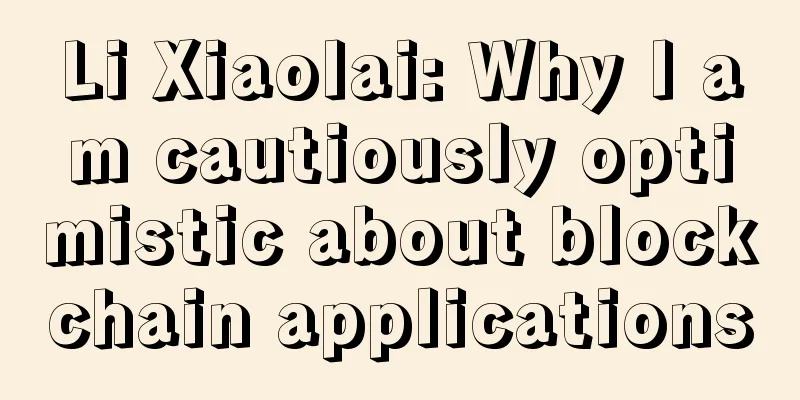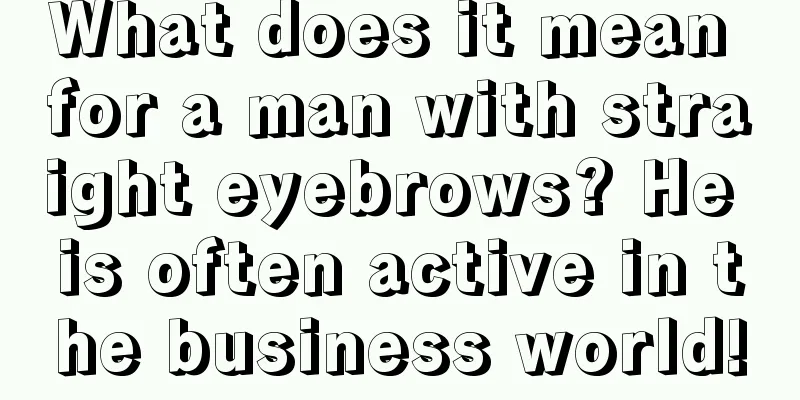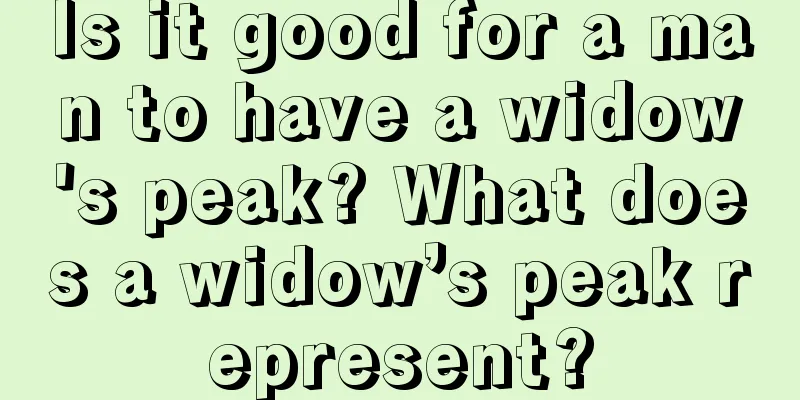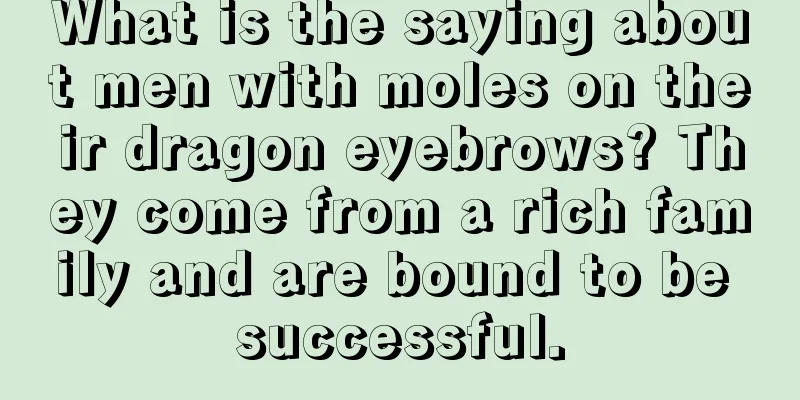Blockchain - the missing link in the rise of the Internet of Things
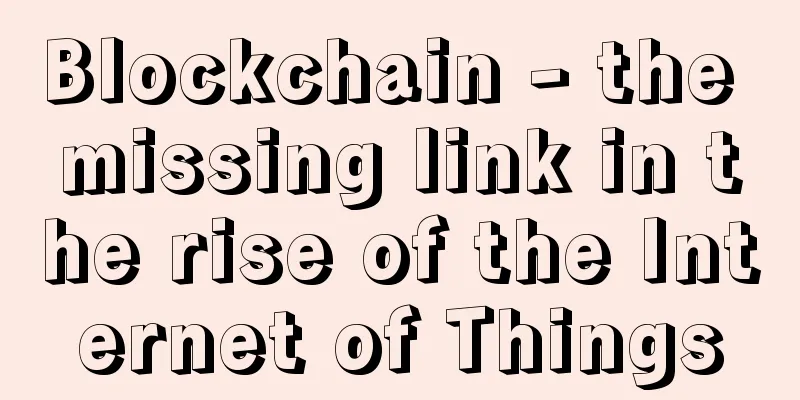
|
Economies have invested heavily in infrastructure. However, much of it sits idle and underutilized. Large industrial machinery, medical equipment, and even ports and airports are mostly unused or not fully utilized. What if we could find a way to maximize the capabilities of our assets? It turns out that the answer might be: using blockchain technology . Blockchain is the same technology that powers Bitcoin and is essentially a distributed ledger that can move information around on anything of value. Blockchain operates as a secure peer-to-peer network and does not require an intermediary to keep itself functioning. Blockchain can open a chain of possibilitiesBlockchain combined with the Internet of Things (IoT) has the potential to change the way we utilize infrastructure across industries. Forbes recently published an article by Alex Tapscott (co-author of the book Blockchain Revolution). Tapscott said:
Is blockchain the most important invention since the internet or sliced bread?In an April report published by Ernst & Young (EY), Marc Andreessen, a well-known venture capitalist, was quoted as saying that blockchain is the most important invention since the Internet. EY described the blockchain implementation, saying:
Save an IoT recordBlockchain can be used in a variety of different ways across a variety of industries. EY listed a few use cases for blockchain in its report, and they also captured the use case of blockchain in conjunction with the Internet of Things. They offer an example of how blockchain and the Internet of Things (IoT) can be used together in manufacturing:
If ovens could talk, what would they say? There is also the possibility that in the future, home appliances like ovens, refrigerators, etc. will be able to talk to each other. This is a seriously scary prospect, at least for me. Imagine a future where if an oven breaks down, it can call a service center on its own, and you might find a repairman standing at your door. The refrigerator can sense that you are out of eggs and place an order for them through an online shopping website. Of course, the egg seller and the repair company can use the blockchain to verify that it was indeed your oven or refrigerator that made the call. But the oven doesn't fly.We have to remember that blockchain technology is still in its infancy though. To be sure, Bitcoin is in many ways a proven blockchain scenario that has withstood the vagaries of time, but when it comes to using blockchain technology in areas like banking and insurance, we still have a long way to go. As for the Internet of Things (IoT), the field itself is still underdeveloped, but one thing is certain: blockchain can help make IoT more secure and sustainable. As EY states in the report:
|
<<: UN recruits volunteers for Bitcoin fundraising training
Recommend
Grayscale CEO: Pension funds and endowment funds are entering the Bitcoin market
Grayscale's new CEO Michael Sonnenshein said ...
What kind of face is lucky?
We all hope to be a blessed person, but God will ...
Total destruction! Tokens plummeted across the board, with Bitcoin falling nearly 10%
After the central bank issued an announcement req...
Men with more white in their eyes are calm and steady.
For a person, facial features can often reveal so...
Are you one of those people who often praises others and criticizes others? Do you have long nasolabial folds?
In life, we are bound to meet some people who lik...
What is the function of the body palace?
What is the body palace? The body palace represen...
What is the fate of a person with Buddha's eyes in his previous life?
Everyone has his or her own interpretation of num...
What makes a man look rich?
Wealth and honor are what everyone pursues; then,...
What does it mean if a woman has horizontal lines on her nose bridge?
There are also regional differences in appearance....
What does a red mole on your arm mean?
Everyone has moles on their bodies, and moles are...
What kind of forehead indicates a rich and noble fate?
Whether a person is rich or not may often just be...
Bitfury releases white paper: Bitcoin blockchain gets a new definition, the security of public chain is unparalleled (full text download)
Why is blockchain called blockchain? Blockchain c...
Hair: How to save your hair from being burned
“The body and hair are given by parents, and one ...
Are high and low eyebrows good or bad? Do you really understand high and low eyebrows?
1. The left eyebrow is high and has a bad temper ...
Look at your love attitude from your right index finger
Do you believe it? A person's view on love ca...
